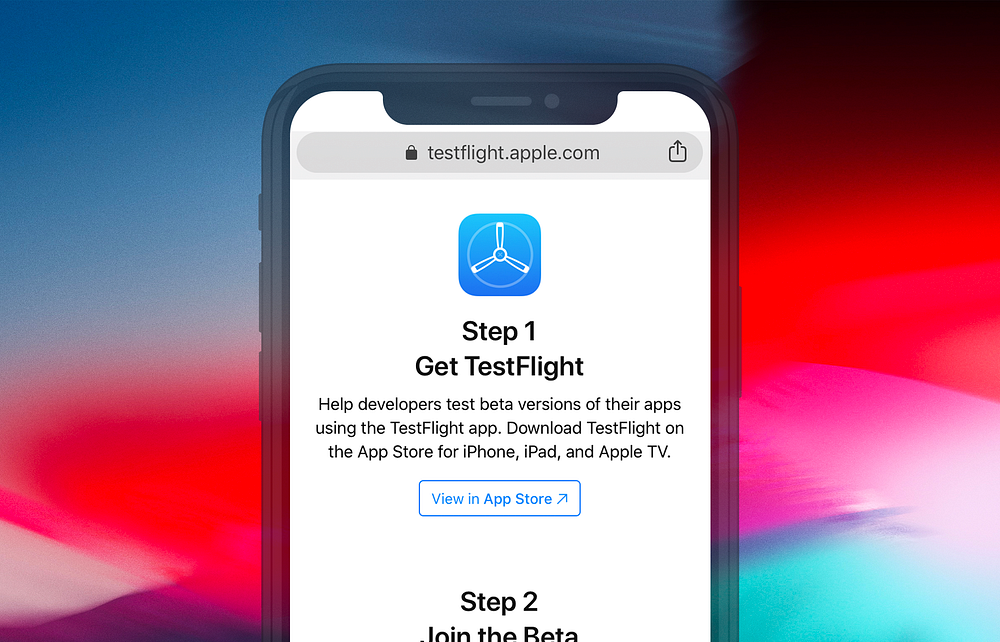
Apple Appstore Connect recently released the ability for developers to share a public Testflight link to start beta testing their users.
This solves a huge pain that existed in the past for iOS developers who wanted to beta test their app before officially releasing it to the App Store. You basically had to gather emails of potential beta users, add them to Appstore Connect, and then send an email invite that rarely get opened or often end up in their spam folder.
With this new update you can simply share a unique link that prompts users to download the Testflight app, if they don’t have it, which then flows them right into getting your beta iOS app.
Besides the convenience of getting beta users to try your app, this opens up a big opportunity to learn even more effectively with your beta users.
Let me explain how.
There’s currently several ways you can get user feedback about your beta app :
- Email feedback
- Feedback via social media (if you have a following/audience)
- Mobile app analytics
- Session recordings & heatmaps
- In-person/live user interviews
- Chat/DM’s
Other than a few of the methods above, most of the feedback methods give you only a partial picture of what your users are doing, thinking and why.
Because now Testflight doesn’t require you to send email invites this means that the speed to get your app started on your user’s phone is much quicker. Given this, below are 3 quick usability testing methods to take advantage of this:
1. Live In-person or Remote Interviews
Now that installing your app just requires a link, it’s easy to get your app installed for the first time for any potential user. You can run guerilla testing (aka hallway usability testing) at coffee shops, company hangout spaces or a public park even. If you need to target a more specific user, it might be easier to cast a wider net to recruit people via social media, craigslist or your email list. Create a short survey/screener, provide a gift-card or some compensation and schedule your session using Calendly.
2. User Feedback via Chat & DM’s
This is a lesser known method, but can be effective since it’s more casual and allows users to respond at their own pace. For example, if you have a list of followers on Instagram, you could direct message them with something like below:
Hi, Thanks for following us! We’re opening up our beta app to a select group of people and we’d love for you to join and try it out! Just use the link below to install it via Testflight (it’s a beta testing app provided by Apple):
Let us know what you think! We’d love to hear your first impressions and suggestions!
This sort of message with an open-ended question invites dialogue in a casual way. And ideally you can talk to your users while their first time experience is fresh in their minds and develop a relationship where you can get continued feedback from them as you iterate. Once you have some rapport, you may also be able to get them to talk to you via video or voice chat by providing them with a gift card/incentive.
3. Unmoderated usability testing
Unmoderated usability testing is great because all you need to do is enter your Testflight URL and some basic test questions to get back results within days. Moreover, the tests are run by everyday people who might encounter your app in the App Store or while at home or work. This is much closer to a real unbiased natural setting without the pressure of someone next to you or feeling like they have to be nice or give you the ‘right’ answer. Here’s a sample video if you want to get a better sense of how a remote user video feedback might look like for a Testflight app:
Finally it’s much easier to get real user feedback for beta iOS apps!
